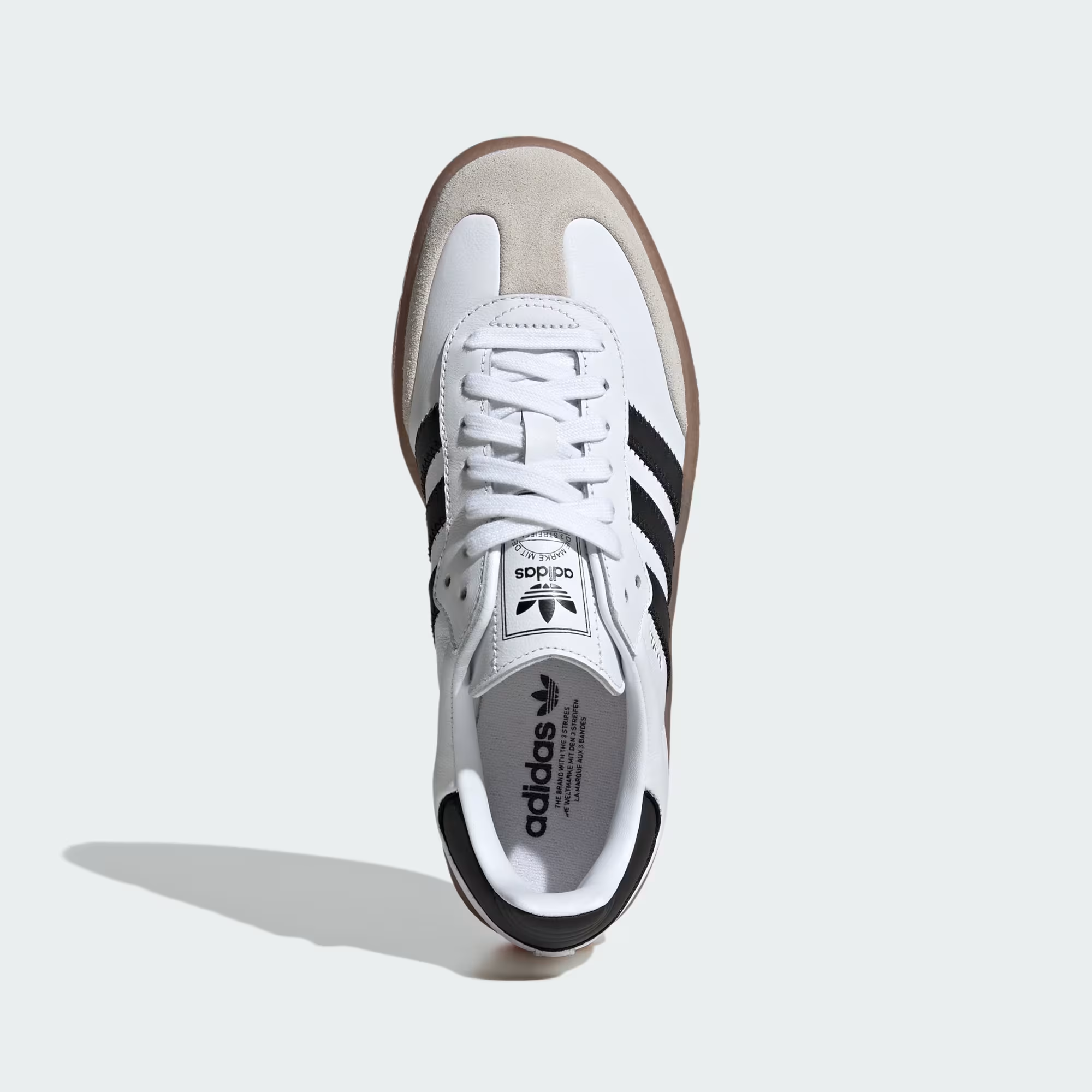Adidas has been making headlines lately – but not only for its iconic three-stripe look. Behind the brand are some compelling sales trends, bold strategies to regain ground, and a few unexpected surprises.
A Strong Comeback After a Rough Patch
Just a few years back, Adidas was struggling. The collapse of the Yeezy collaboration (with Kanye “Ye”) cost the brand a huge revenue stream, and the fallout reverberated across its sales in North America.
Fast forward to late 2024 and 2025: Adidas has reversed direction. In 2024, its currency-neutral net sales grew ~12 %, and its operating profit jumped by over €1 billion to €1,337 million. In Q4 alone, they posted 19 % sales growth in constant currency and improved gross margin by 5.2 percentage points.
That turnaround is especially impressive given the macro challenges – inflation, supply chain pressures, and shifting consumer behavior.
Where the Growth Is Coming From
1. Geographic Pushes
Adidas isn’t relying on just one or two markets. Growth is coming from Europe, Greater China, Latin America, and emerging markets. Meanwhile, the U.S. remains a battleground: as Nike faces some headwinds, Adidas sees an opportunity to capture more market share.
2. Focusing Beyond Yeezy
With Yeezy now officially off the table, Adidas is doubling down on its core pillars — performance apparel, classic “Originals” lines, and collaborations. The brand is pushing models with retro appeal (like Samba or Gazelle) and also leveraging its historical catalog to re-ignite interest.
3. Direct-to-Consumer (DTC) & Digital Sales
The brand has given more weight to its direct channels, reducing discounting and relying more on premium positioning. Adidas Group In the U.S., for example, Power BI dashboards analyzing Adidas sales show that top states like New York, California, and Texas are hotspots; also, men’s street footwear is among the strongest sellers.
4. Data, Prediction & Smarter Inventory
Adidas is using machine learning (e.g., Random Forest models) to forecast store sales and manage inventory more efficiently. ResearchGate That helps them reduce overstock and understock, both of which bleed margin.
Also, dashboards and analytics – through tools like Power BI and Excel – are helping the brand spot trends, regional growth pockets, and where to push marketing dollars.
What It Means for Consumers & Retailers
For shoppers, this means:
- Fewer discounts, particularly in direct channels — Adidas is trying to protect its margins.
- Faster restocks of popular shoes and limited releases as supply chains stabilize.
- Localized launches: Adidas is increasingly tailoring drops and marketing to local tastes and markets.
For retailers and business partners:
- Premium positioning is more critical than ever — you can’t compete just on price.
- Data sharing and coordination with Adidas may become more essential to get predictive inventory and stock the right models.
- Market flexibility matters: the ability to shift focus between regions (e.g. push Latin America instead of stagnating U.S. sales) is a key strength building in 2025.
Examples of What’s Selling Well Now
- Adidas Samba OG (Men): A timeless classic that’s frequently reissued, appealing to both streetwear and heritage fans.
- Adidas Samba OG (Women): Female version of the Samba, often part of gendered drops.
- Adidas Campus 00s: Revived for its retro appeal — fits into the nostalgia trend many consumers are riding.
These kinds of models, which carry brand legacy, are helping stabilize Adidas’ footing as it moves away from one-hit blockbuster lines.
Risks & Challenges Ahead
Adidas isn’t out of the woods yet:
- Tariffs & trade costs could squeeze margins, especially in the U.S.
- Macroeconomic pressures: inflation, rising labor costs, and shifting consumer spending all pose headwinds.
- Sustaining momentum without hype lines: With Yeezy gone, Adidas needs consistent product quality and innovation to maintain buzz.
- Competitive pressure: Nike is still a formidable rival; any misstep could hand part of the market back.
Final Thoughts
Adidas’ recent sales rebound is more than just numbers – it’s a signal of strategic refocus, resilience, and a return to fundamentals. By leveraging data, doubling down on heritage lines, and carefully expanding its geographic influence, Adidas is reshaping its narrative from comeback story to sustained growth.







